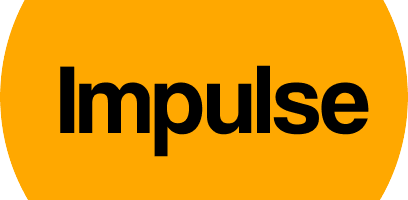Report
Funding Inclusion: How to Bridge the Gap Between Empathy and the Market
Developing technology for children with special needs is not just a matter of innovation and design, but also an acute financial problem. A panel discussion at Barcelona Health Hub outlined the key difficulties that impact projects in this area face.
When Investors Run Away
Despite obvious social significance and a potentially large market (over a billion people in the world face some form of disability), projects in the field of inclusive and assistive technologies often struggle to attract funding.
Traditional investors, as noted by Yago Rafael Tafalla Smit of BStartup Banco Sabadell, primarily seek financial returns. And, according to Jaume Sanchez (3Dthinks project), they even "run away" when they see complex or long-term monetization models.
A striking example of this dilemma is the TalX project. The 3Dthinks company creates a specialized messenger for people with disabilities, particularly those with verbal communication difficulties. The TalX app allows users to select pictograms, which are then converted into text and audio, facilitating communication with caregivers.
Despite the clear need for such a tool, the project faces the fundamental problem of impact startups. "How do you monetize a product that, by its nature, must be as accessible as possible?" asks Sanchez. He draws a parallel with well-known services: "WhatsApp also didn't make a profit for a long time, but it could afford to, thanks to powerful backing. For small startups, this is a luxury," Jaume laments.
"For investors, we are too inclusive; for therapists, too technological; for schools, too experimental," explains Mikhail Klimovsky, founder of another project, Neonoo, describing his challenge. He is referring to cubes that help children with autism and dyslexia expand their cognitive abilities.
Yi Meandro, co-founder of MENTAL GROWTH from Mental Growth Network, called this a structural problem and admitted to a shortage of "patient capital."
The lack of a unified support and coordination ecosystem means that many promising projects remain at the pilot stage and do not receive sufficient funding for scaling.
Despite obvious social significance and a potentially large market (over a billion people in the world face some form of disability), projects in the field of inclusive and assistive technologies often struggle to attract funding.
Traditional investors, as noted by Yago Rafael Tafalla Smit of BStartup Banco Sabadell, primarily seek financial returns. And, according to Jaume Sanchez (3Dthinks project), they even "run away" when they see complex or long-term monetization models.
A striking example of this dilemma is the TalX project. The 3Dthinks company creates a specialized messenger for people with disabilities, particularly those with verbal communication difficulties. The TalX app allows users to select pictograms, which are then converted into text and audio, facilitating communication with caregivers.
Despite the clear need for such a tool, the project faces the fundamental problem of impact startups. "How do you monetize a product that, by its nature, must be as accessible as possible?" asks Sanchez. He draws a parallel with well-known services: "WhatsApp also didn't make a profit for a long time, but it could afford to, thanks to powerful backing. For small startups, this is a luxury," Jaume laments.
"For investors, we are too inclusive; for therapists, too technological; for schools, too experimental," explains Mikhail Klimovsky, founder of another project, Neonoo, describing his challenge. He is referring to cubes that help children with autism and dyslexia expand their cognitive abilities.
Yi Meandro, co-founder of MENTAL GROWTH from Mental Growth Network, called this a structural problem and admitted to a shortage of "patient capital."
The lack of a unified support and coordination ecosystem means that many promising projects remain at the pilot stage and do not receive sufficient funding for scaling.

Yago Rafael Tafalla Smit,
BStartup Banco Sabadell
BStartup Banco Sabadell
"Just so you understand, we give money to companies that are losing money. And since we can step away from the traditional approach a bit, we try to invest in those projects that create an impact for local communities."

From left to right: Yago Rafael Tafalla Smit, Maria Ripoll, Daniel Oliver, Jaume Sanchez.
Where to Find "Patient Capital"?
The meeting discussed not only the difficulties but also what strategies and channels exist for financing impact projects. Firstly, specialized structures. Banco Sabadell's BStartup program works with companies that are currently at a loss but have the potential for growth and impact. "We give money to companies that are losing money," noted Yago Rafael Tafalla Smit, emphasizing BStartup's focus on supporting early-stage startups.
Daniel Oliver, CEO of Capital Cell, spoke about their platform, which allows investment in biotech and medtech, including impact projects. The idea was born from a feeling of injustice: it was significantly harder to get funding for scientific innovations than for SaaS projects. The key feature is the ability for investors to contribute small amounts, which lowers the entry barrier and perceived risk.
In Spain, Capital Cell has become the leading private investor in healthcare innovation, surpassing even the stock market and traditional investment funds in terms of investment volume. Capital Cell positions itself almost as a "communications company." Its task is not just to raise money, but... to educate investors. First, about the essence of the projects: explaining the science, clinical procedures, and founders in detail. Second, to explain the risks: providing financial education to those investing in startups for the first time, honestly warning about the possibility of losing money.
Daniel highlighted an interesting aspect of health investments: while emotions (like a personal interest in fighting cancer) might attract people to the platform, the real decision to invest comes after understanding the financial side of the deal. They strive to convey the concept of "externalities" to investors, showing that while some investments might generate negative consequences (like pollution), investments through their platform are aimed at creating good.
Mikhail Klimovsky, Neonoo: "We are seeing new valuation metrics, not just ROI, but SROI — social return on investment. This is no longer just about money; it's about real impact: on accessibility, emotional well-being, children's skill development, and families' quality of life. For inclusive startups, SROI must be the marker of success. And I believe this metric will become the norm."
The meeting discussed not only the difficulties but also what strategies and channels exist for financing impact projects. Firstly, specialized structures. Banco Sabadell's BStartup program works with companies that are currently at a loss but have the potential for growth and impact. "We give money to companies that are losing money," noted Yago Rafael Tafalla Smit, emphasizing BStartup's focus on supporting early-stage startups.
Daniel Oliver, CEO of Capital Cell, spoke about their platform, which allows investment in biotech and medtech, including impact projects. The idea was born from a feeling of injustice: it was significantly harder to get funding for scientific innovations than for SaaS projects. The key feature is the ability for investors to contribute small amounts, which lowers the entry barrier and perceived risk.
In Spain, Capital Cell has become the leading private investor in healthcare innovation, surpassing even the stock market and traditional investment funds in terms of investment volume. Capital Cell positions itself almost as a "communications company." Its task is not just to raise money, but... to educate investors. First, about the essence of the projects: explaining the science, clinical procedures, and founders in detail. Second, to explain the risks: providing financial education to those investing in startups for the first time, honestly warning about the possibility of losing money.
Daniel highlighted an interesting aspect of health investments: while emotions (like a personal interest in fighting cancer) might attract people to the platform, the real decision to invest comes after understanding the financial side of the deal. They strive to convey the concept of "externalities" to investors, showing that while some investments might generate negative consequences (like pollution), investments through their platform are aimed at creating good.
Mikhail Klimovsky, Neonoo: "We are seeing new valuation metrics, not just ROI, but SROI — social return on investment. This is no longer just about money; it's about real impact: on accessibility, emotional well-being, children's skill development, and families' quality of life. For inclusive startups, SROI must be the marker of success. And I believe this metric will become the norm."

Daniel Oliver,
Capital Cell
Capital Cell
"I got into this because I was concerned that startup investing was unfair to innovators in science."
SROI (Social Return on Investment)
This metric answers the question: "What social good did each euro invested create?" The goal is to assess the total impact on all stakeholders (e.g., unemployed individuals, the government), not just the investor. How it's calculated (simplified):
- Identify who was affected by the project.
- Measure the positive changes (e.g., 5 people found jobs).
- Translate these changes into monetary value (e.g., government savings on unemployment benefits).
- Divide the total social value created (€) by the investment amount. Example:
- €10,000 invested in a training program for the unemployed.
- This generated €20,000 in social value (savings on benefits, reduced load on social services and healthcare).
- SROI = 2 (€20,000 / €10,000).
- Conclusion: Every €1 invested created €2 of social value.
The Power of Direct Support
Against the backdrop of difficulties in attracting traditional investment, discussion participants highlighted crowdfunding as one of the most promising tools. This path allows for financing based not on classic business metrics, but on a direct alignment of values with people.
"We are launching a campaign on the Ulule platform to raise funds for the development of new games and therapeutic practices together with specialists, parents, and children, involving them in the creation process," shares Mikhail Klimovsky of Neonoo.
For his project, crowdfunding is not so much a way to "ask the crowd for money" as it is an opportunity to build a community and "form a core of early followers who share its values."
Jaume Sanchez (TalX project), who has experience with such platforms, warned of "tight time frames" (often up to 60 days). This means the product, especially hardware, must be almost ready for production by the end of the campaign. In his opinion, crowdfunding is better suited for the final stages rather than starting a project "from scratch."
However, for impact projects, the value of crowdfunding lies not only in the money but in its philosophy. This approach turns fundraising into an act of collective action and empathy. As Maria Ripoll of Barcelona Health Hub concluded, appealing to the audience to join the Neu.ro crowdfunding campaign: "I invite everyone to get to know the project. When you find out what they do, you will want to support them yourselves."
Against the backdrop of difficulties in attracting traditional investment, discussion participants highlighted crowdfunding as one of the most promising tools. This path allows for financing based not on classic business metrics, but on a direct alignment of values with people.
"We are launching a campaign on the Ulule platform to raise funds for the development of new games and therapeutic practices together with specialists, parents, and children, involving them in the creation process," shares Mikhail Klimovsky of Neonoo.
For his project, crowdfunding is not so much a way to "ask the crowd for money" as it is an opportunity to build a community and "form a core of early followers who share its values."
Jaume Sanchez (TalX project), who has experience with such platforms, warned of "tight time frames" (often up to 60 days). This means the product, especially hardware, must be almost ready for production by the end of the campaign. In his opinion, crowdfunding is better suited for the final stages rather than starting a project "from scratch."
However, for impact projects, the value of crowdfunding lies not only in the money but in its philosophy. This approach turns fundraising into an act of collective action and empathy. As Maria Ripoll of Barcelona Health Hub concluded, appealing to the audience to join the Neu.ro crowdfunding campaign: "I invite everyone to get to know the project. When you find out what they do, you will want to support them yourselves."

Yi Meandro,
Mental Growth Network
Mental Growth Network
"I truly believe that crowdfunding is the way... We need to do crowdfunding and get support from families for families, to truly cover this niche of assistive technologies."
You can support the Neonoo project with any amount.
